Have you ever experienced a Japanese hot spring? Japan is a hot spring superpower, with various hot springs located throughout the country. Hot springs have been intimately intertwined with the lives of Japanese people since ancient times, becoming an inseparable part of their culture.
Meanwhile, there are countries in the world where hot springs do not exist. For people from these countries, the concept of hot springs might be unfamiliar, including how to properly enjoy them.
In this discussion, I will introduce Japanese hot springs, explaining what hot springs are, the expected benefits, how to enjoy them, and the history of hot springs in Japan.
What are hot springs?
In Japan, hot springs refer to spring water that is either above a certain temperature or contains specific mineral components. These waters often emerge from deep underground, warmed by the earth’s heat and enriched with minerals, and are believed to have various health benefits.
Thus, hot springs are mineral-rich spring waters that emerge from deep beneath the earth’s surface. Certain regions contain an abundance of minerals suitable for hot springs, leading to the development of prosperous hot spring resorts.
The effects of hot springs
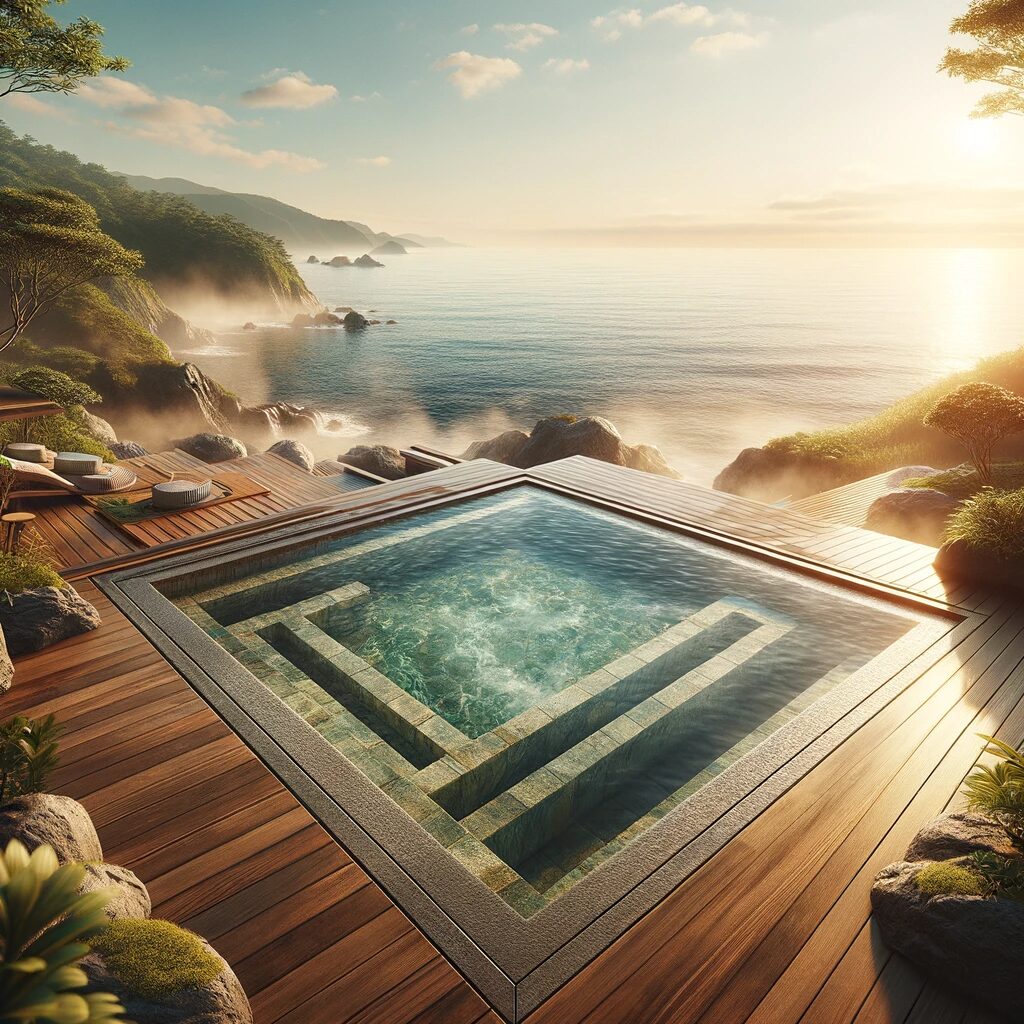
The effects of hot springs are primarily due to their warm water and the mineral components they contain. These benefits are diverse and include:
- Relaxation Effect The warmth of hot spring water relaxes the body, reducing stress and fatigue. The warm water eases muscle tension and provides a comforting sense of relaxation. Additionally, the natural environment and tranquility of hot spring areas contribute to mental and physical relaxation.
- Improved Circulation and Metabolism The warmth of hot spring water promotes blood circulation, improving blood flow throughout the body. This activation of circulation enhances metabolism and facilitates the elimination of bodily waste.
- Treatment of Skin Diseases The mineral components found in many hot springs have a positive effect on skin health. Sulfur springs, in particular, are effective in treating skin diseases, helping to alleviate symptoms of eczema, atopic dermatitis, and other skin conditions.
- Pain Relief The warmth and hydrostatic pressure of hot springs are effective in alleviating joint and muscle pain. Hot springs are also known to provide relief for chronic pain, such as rheumatism, back pain, and neuralgia.
- Additional Benefits Hot springs offer numerous other health benefits, including alleviation of respiratory diseases, improvement of cold sensitivity, and enhancement of sleep quality. Furthermore, specific mineral components in hot springs can provide various health effects depending on the water quality.
How to enter hot springs
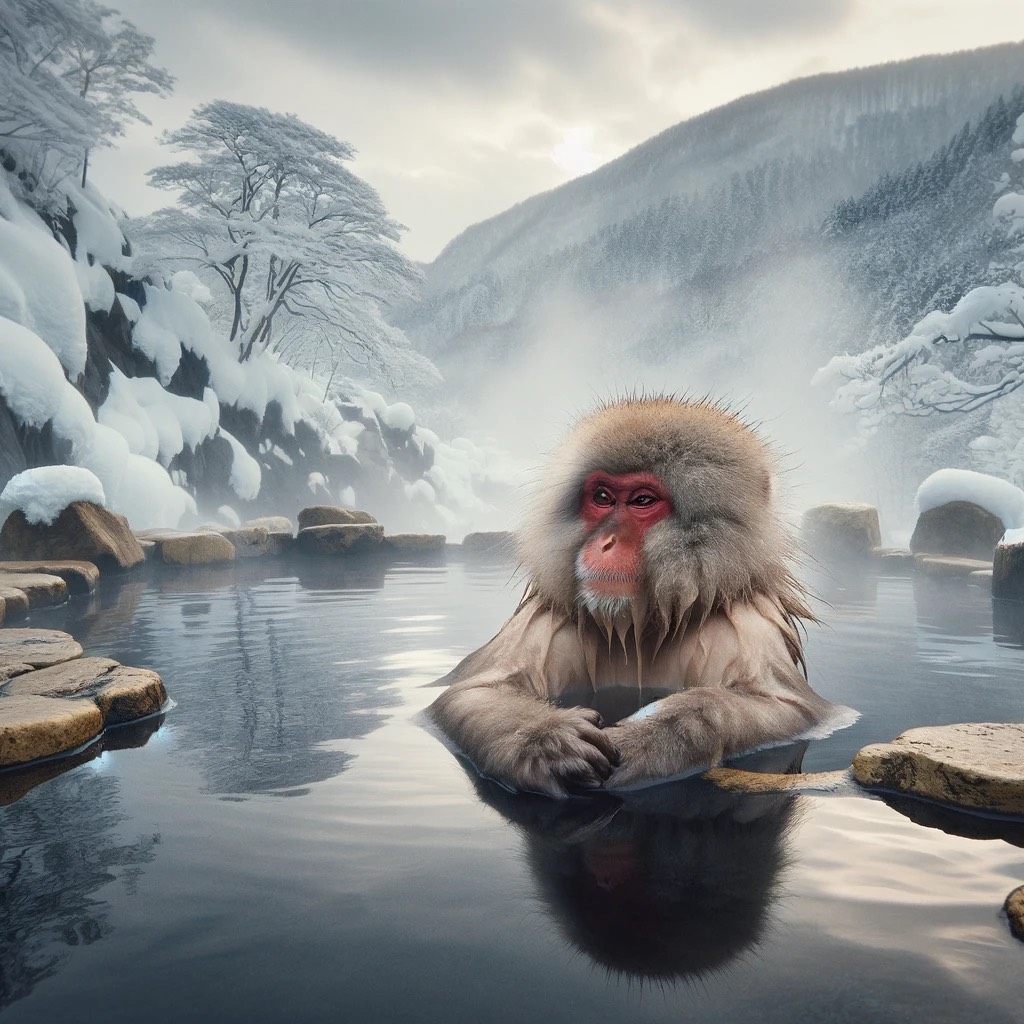
Let’s now look at how to properly enter a hot spring. Since hot springs have high temperatures, it’s important to follow these steps:
- Wash Your Body Before entering the bath, thoroughly wash your body. This is the most crucial step to keep the bath water clean, as hot springs are not for individual use. Others will use the same water, so it’s important to wash off any dirt to prevent it from entering the hot spring.
Use a shower and wash your body thoroughly with shampoo and body soap, then rinse off. Be careful not to splash water on others while washing.
- Pouring Warm Water Over Yourself (Kakeyu) After showering and ensuring you are clean, take a small amount of bath water in a scoop and gently pour it over your body, starting with your feet and gradually moving up. Leave areas close to the heart for last to acclimate your body gradually.
If you pour water over your face and head, be extra careful to avoid getting water in your eyes. Perform this step quietly to avoid disturbing other bathers. Avoid scooping water directly from the bath; instead, use water from a dedicated tap or shower for this purpose.
- Entering the Bath After washing, enter the bath slowly, being mindful of the sudden change in temperature and acclimating your body gradually. Keep quiet inside the bath and avoid disturbing other bathers. Refrain from speaking loudly or splashing water.
- No Rinsing After Bathing Typically, you do not rinse off with fresh water after getting out of the hot spring. This is to leave the mineral components of the hot spring on your skin, maximizing the benefits of the hot spring.
- Importance of Hydration After bathing in a hot spring, your body may be dehydrated. To prevent dehydration, it’s important to hydrate well after bathing. Unsweetened beverages like water or tea are ideal.
- Take a Rest After getting out of the hot spring, it’s possible that your body temperature has increased, so it’s important to take a rest and allow your body temperature to return to normal gradually.
The history of hot springs
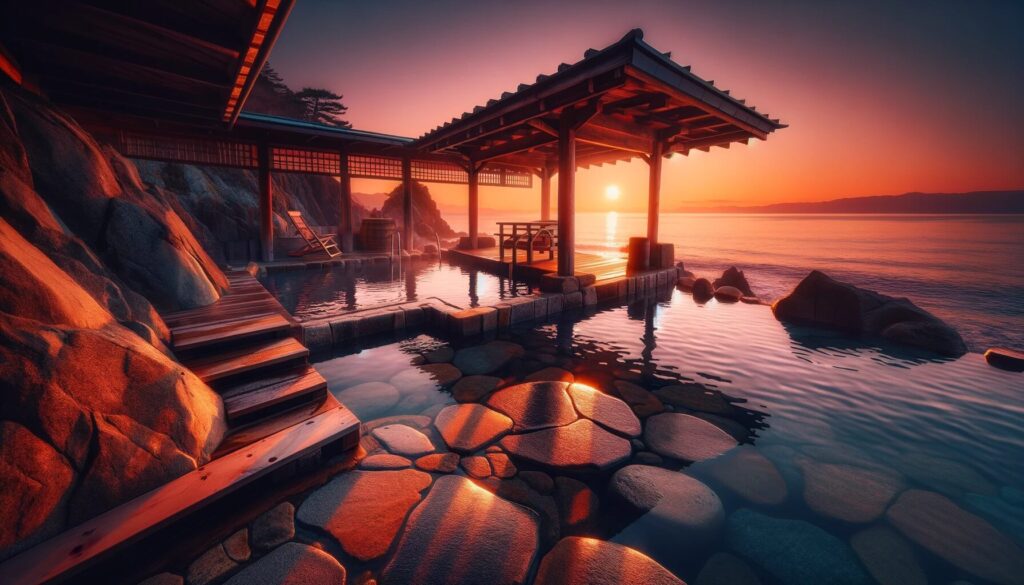
Let’s take a look at the history of hot springs in Japan and how they have evolved over time.
- The Beginning of Hot Spring Culture The hot spring culture in Japan is said to have started at least 2,000 years ago in ancient times. Back then, hot springs were used for therapeutic purposes and spiritual purification. Classical literature from the Nara period (710-794 AD), such as the “Nihon Shoki” and the “Manyoshu,” mentions hot springs, indicating their cultural significance from early on.
- Development of Hot Springs During the Heian period (794-1185 AD), hot spring tours became popular among the nobility and the samurai class. In the Edo period (1603-1868 AD), hot springs became widely accessible to the common people, leading to the development of many hot spring resorts. A notable feature of this era was the emergence of hot spring resorts serving not only as therapeutic facilities but also as recreational venues.
- Modern Transformations From the Meiji period (1868-1912 AD) onwards, hot springs continued to develop, with the construction of inns and hotels. With the progress of modernization and improved transportation, more people were able to enjoy hot springs. Hot spring resorts also began to play a role as tourist destinations, hosting cultural events and festivals.
- Contemporary Hot Spring Culture In modern Japan, hot springs are widely used for health and relaxation. They also play a significant role in the regional economy and the tourism industry, attracting many visitors from both within Japan and abroad. Japanese hot springs are cherished by many for their healing effects and as a symbol of Japanese culture.
Conclusion
I hope you’ve enjoyed learning about Japanese hot springs. Hot springs have been beloved by the Japanese for their health benefits since ancient times. Besides hot spring towns, public bathhouses, or “sento,” are also found throughout Japan, showing the Japanese love for bathing.
If you visit Japan, why not take a trip to a hot spring? It’s the perfect place to soothe everyday fatigue. If you’re interested, I encourage you to visit!



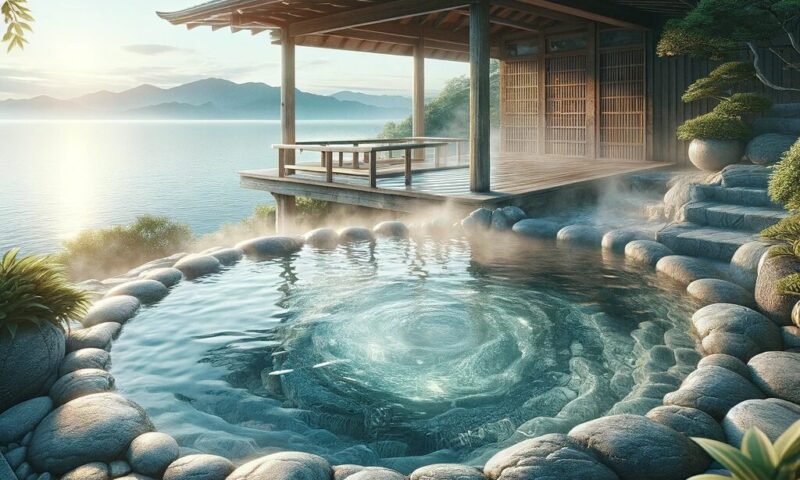



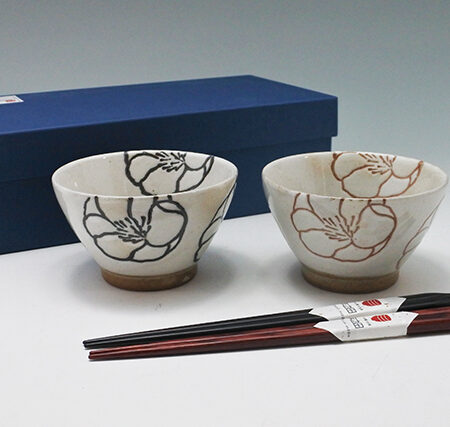
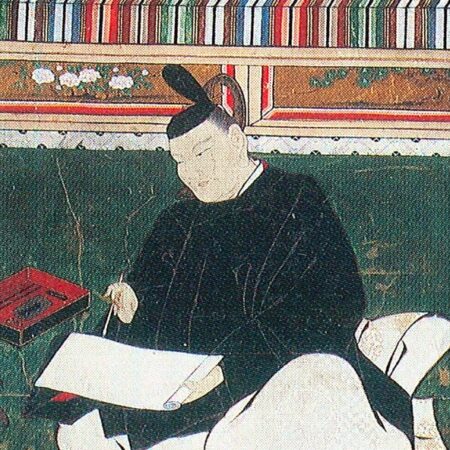
コメント